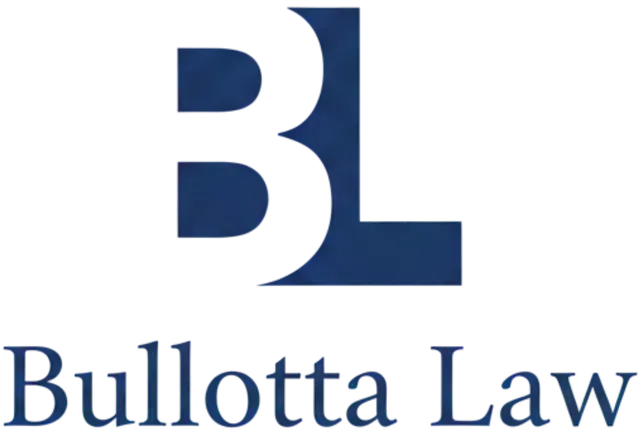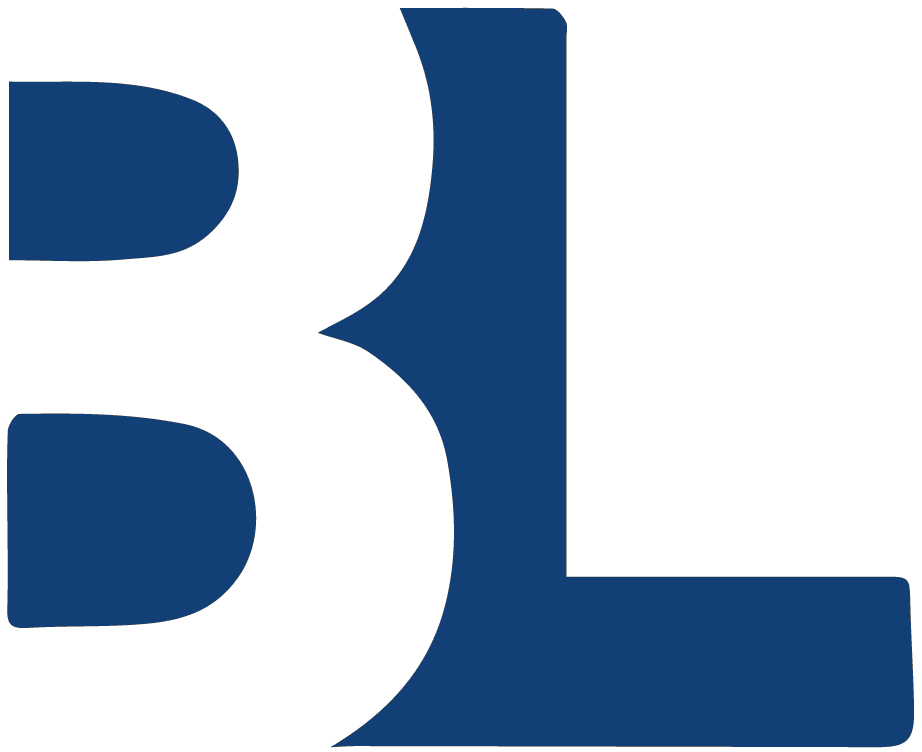The Detroit Criminal Process, step-by-step
The Detroit Criminal Process, step-by-step
- Target letter/subpoena/search warrant: Do not talk. Call counsel. Preserve devices, policies, and logs.
- Complaint & arrest: Initial appearance; counsel addresses bond/detention and conditions.
- Grand jury & indictment: Challenges may target legal sufficiency/venue; parallel defenses preserve suppression issues.
- Arraignment & discovery: Protective orders, device imaging protocols, Rule 16 & Brady tracking.
- Motions & litigation: Suppression, dismissal, Daubert, compelled disclosure, privilege issues (Kovel experts).
- Resolution path: Trial readiness vs. plea leverage; proffer decisions with eyes wide open (Kastigar risks).
- Sentencing: Guidelines math, departures (5K1.1), variances under §3553(a), mitigation package, PSR corrections.
Your first 72-hour plan
- Do: Retain counsel; inventory what agents took; write a timeline; list witnesses/documents.
- Don’t: Contact agents, co-defendants, or “fix” files; post on social media; travel without approval.
- We will: stop contact, secure discovery, audit exposure, and establish a litigation/sentencing strategy that suits your life.
Can I be released on bond in Eastern District of Michigan?
Yes. We prepare a robust plan (custodian, employment, treatment, monitoring) to counter detention arguments.
Should I proffer?
Sometimes, but only after s full discovery strategy. Proffers can help or devastate a defense. We model both paths first.a
How long to trial?
The Speedy Trial clock has many exclusions. Complex cases often take months or longer. We control the calendar where it helps you.
Will agents talk to my employer?
They can. We move quickly to manage collateral risks and craft lawful, protective communications.
Are the Guidelines mandatory?
No. They’re advisory. Judges must consider them alongside §3553(a) factors. Variances happen when the story is told well.




